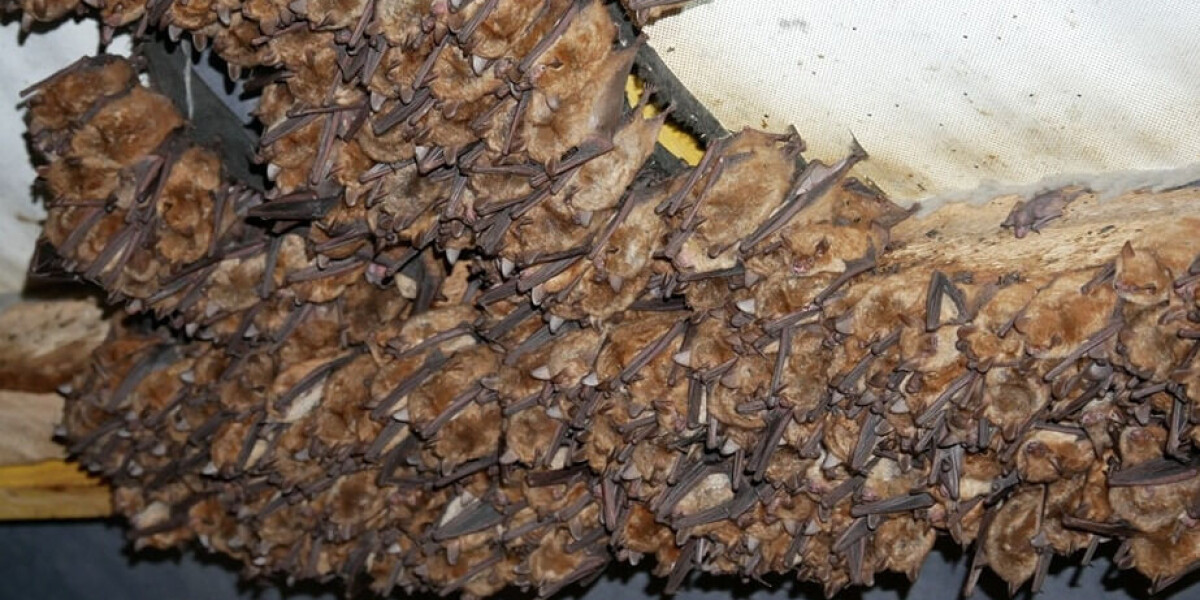
- Select a language for the TTS:
- UK English Female
- UK English Male
- US English Female
- US English Male
- Australian Female
- Australian Male
- Language selected: (auto detect) - EN
Play all audios:
THE DARK CHURCH EAVES HAVE BECOME A NURSERY FOR THE RARE SPECIES Around 650 protected species bats have been discovered in a church in Dordogne (Nouvelle-Aquitaine) after being left
undisturbed for years. Artisan workers were beginning a project to fix a leak in the Cubjac church when they discovered the bat colony in some old eaves, in a very dark area of the church
that no-one had visited for many years. RARE SPECIES The colony - which includes three rare species - is also a ‘nursery’, where the bats go to raise their young. The church is only used for
one mass a month, and there are few regulars, so it is thought that the bats like the location because of its darkness and quiet. The species present include the Geoffroy's bat (also
known as the notch-eared bat, 500 bats) and the Greater horseshoe bat (around 150 bats), said the Conservatoire d'Espaces Naturels de Nouvelle-Aquitaine, which has estimated the colony
to count around 650 specimens overall. PROTECTION EFFORTS The village is now working to protect the colony. Bats are a protected species in France. “Populations are declining in the region,
with almost 16% of bats threatened with extinction in Aquitaine,” said Lionnel Pailler, an expert at the conservatoire, who visited the colony in July. Mr Pallier said the bat discovery was
a “treasure trove” of biodiversity, and that he intends to do everything he can to protect them. “The colony is so important that it represents a major national interest. There are only
around 20 such important sites department-wide.” Work on the church has been suspended until January, when the bats will have grown and gone to hibernate elsewhere. The Mairie is also
installing a tarpaulin and extra openings for them.





)



